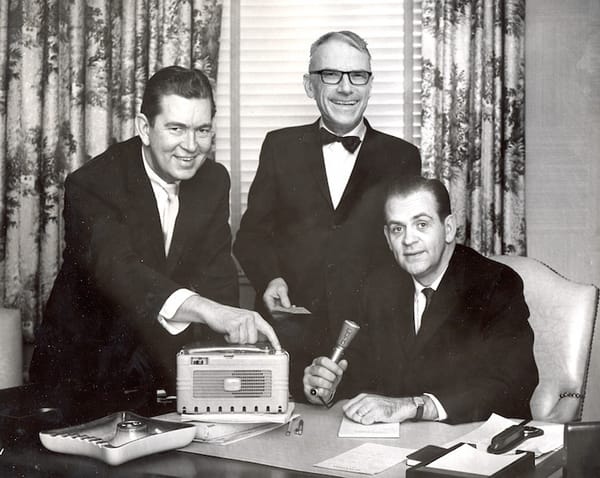
Several times I have been involved with the internal magazines in the companies I worked in. The pattern was most of the time something like this. The new CEO or new Division manager read the results of the bi-annual employee engagement survey (formerly called satisfaction survey), and it was clear that a large proportion of the employees were unhappy with the internal communications. Reward scored of course lowest (who is so stupid to fill in she or he is unhappy with pay), but most of the time internal communications came second on the unhappiness leader board. Also the post-survey focus groups were unanimous: please improve internal communications.
Action was required. The management team knew the solution: a magazine was required to inform all employees. The head of internal communications became chief editor, and an editorial board was established with people from all over the globe. Several months passed before, tada!, the new magazine was launched. A nice name (generally with a reference to the products/services of the company, like "Flying News", or "ComComs"). CEO on the cover, and many nice articles about products, services, clients and staff. On the backside of the magazine: "Did You Know That?" or "What people around the world do when they are not working". Good news only, and also old news only, as it has taken weeks to prepare and wordsmith the articles.
The days of the internal magazine are over. Ten ways internal communications is changing:
-
From Internal Communications to Communications
As organizations are changing, it becomes more and more difficult to determine what ' internal' is. The boundaries are blurring, and many people involved in realizing the strategy of the company, are not on the payroll. Free agents. Partners. Suppliers. Interns. Therefore the boundaries between internal en external communications become blurring as well. -
From controlled top-down communications to open multi way communications
People want to be involved and informed. The carefully drafted messages from the top are necessary, but only for a small part. Often the interview with the CEO in the newspaper is as informative as the interview in the internal magazine. People want to hear from colleagues and through internal and external social media news travels fast. More and more transparency is required (and is unavoidable). -
From a couple of channels to multi-channel communications
We had magazines, newsletters, e-mail and conference calls. Many channels were added and new channels are appearing regularly. Quick adaptations to the new channels is necessary. -
From one-size-fits all to client-focused communications
Or: from 'sender determines channel' to 'receiver determines channel'.
In the past the sender determined the channel and the receiver had to adapt. Already today, the power is shifting to the receiver. With my wife I communicate via Whats-App (and, do not worry, also F2F). With my oldest daughter via Facebook. The favorite channel of my youngest daughter is SnapChat, and if I want to reach my son a direct message via Twitter is most effective. And this might be different tomorrow, which I find out if they become silent.
This has large implications for internal communications. -
From good news only to real news
This is clear. People do not only want to hear good news, they want all the news. That's why they often rely more on external channels if they want to hear about their company -
From serious to frivolous
You can have fun and still be serious, also in communications. When a serious message is packaged in a way that makes it fun to receive, the effectiveness goes up. The explanimation industry is growing, and rightfully so. It is a lot more fun to watch a well-made one-minute explanimation than to read pages of high-level text. -
From words and some pictures to pictures and some words
A colleague called the trend 'Instagramification' I like that. Infographics are everywhere, and they are a strong tool to tell a good story in an attractive way. Instagram is rapidly developing as a valuable communication channel, and not only for young people sharing party photos. -
From professionals to amateurs
In the past a text writer/ journalist wrote the text. The head of internal communications edited the article. The editorial board made some comments, and then the final red pencil was in the hand of the big boss. Today everybody can write and publish instantly. If people adhere to some sensible guidelines, to number of providers of news and good content is suddenly endless. -
From instructions to stories
You can tell the people in the company what the mission and the values are, far more powerful are the stories of the people who exemplify the values. People like stories, and good storytelling is a powerful skill. -
From uniformity to diversity
Given the changes outlined in 1-9, it is an illusion to control and standardize the communications in a company. People with the same values, and with the goals of the company and their personal goals in mind, will still communicate in different ways, but hopefully with a common 'ground tone'. Diversity makes a company colorful, and makes a company real.
 1. Top Ten Factors in the Transformation of Internal Communication Page 12 Page 14
1. Top Ten Factors in the Transformation of Internal Communication Page 12 Page 14